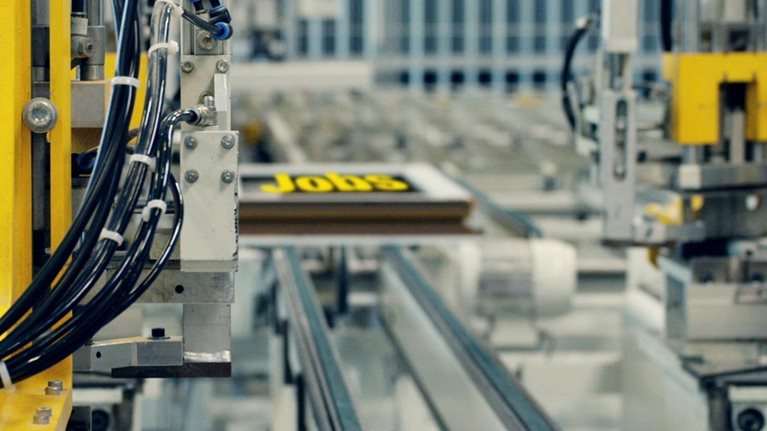As the world enters the age of the fourth industrial revolution marked by accelerating innovation and the adoption of ever more sophisticated automation technologies, the future of work has re-emerged as a fundamental question among policy makers, business leaders, workers, and the wider public around the globe and indeed in the Middle East.
Stay current on your favorite topics
Most of the existing research has focused on the impact of automation in advanced, industrial countries and the policy and societal implications of this transition. However, understanding the local impact of automation in the Middle East is vital for the region’s policy makers and workers, to mitigate the potential negative effects of technology adoption and exploit the economic opportunities that the new future of work promises. To that end, we analyzed six countries in the region—Bahrain, Egypt, Kuwait, Oman, Saudi Arabia, and the United Arab Emirates—to determine the extent of the impact automation will have on workers in the region.
Would you like to learn more about the Middle East office?
Job displacement from labor-intensive industries has been taking place for several decades, as countries move to higher-value-added activities and services. Our study predicts that this will accelerate between now and 2030 with 45 percent of existing work in the Middle East potentially being automated (Exhibit 1). At the same time, countries in the region are also poised to enjoy growth and increased productivity if artificial intelligence (AI) and automation are embraced and the workforce is prepared with the right skill sets to take advantage of this transformation.

With technologies like AI, automation, and robotics quickly maturing, countries in the region must prepare for another wave of disruption to reap the benefits of these technologies. Automation’s potential translates into massive economic value and creates new opportunities. In all six Middle Eastern countries examined, $366.6 billion in wage income and 20.8 million full-time employees (FTEs) are associated with activities that are already automatable today (Exhibit 2).

Automation will be a progressive process with its potential varying substantially across industries and countries. The pace of change has been gradual, but is accelerating, and in countries like Bahrain, Kuwait, and the UAE, the projected adoption of automation by 2030 is higher than the projected global average of 32 percent.
What should grab the attention of policymakers and the public is the link between displacement potential by automation and low-to-medium levels of education and experience. The challenge for the countries we examined is the nearly 57 percent of workers who have a high-school education or less. It is this group in particular which is most vulnerable to the shocks associated with automation. That number more than halves, falling to nearly 22 percent, for employees holding bachelor or graduate degrees. We are already witnessing workforce transitions in different sectors in the region, with jobs changing as global and local companies disrupt traditional providers in transport, retail, media, travel, and many more industries.

What the future of work will mean for jobs, skills, and wages
Our analysis predicts that expat workers in the region are more likely to be displaced by automation. More than 60 percent of expat workers in industries such as services, administration, government, manufacturing, and construction could see their jobs displaced by automation. Those working in sectors where more human interaction is required, including the arts, entertainment, recreation, healthcare, and education will see a slower and less dramatic displacement.
How policy makers and business leaders respond to such an extensive transformation will determine whether automation will be a boon or a bane for local economies and societies.
To capture the workforce-automation opportunity—which we estimate can add between 0.3 to 2.2 percent in compound annual productivity growth to the world economy by 2030—leaders will need to embrace the speed of technological progress, equip workers with the right skills, create new tech-augmented jobs, build new competitive advantages, and reinvest AI-driven productivity in communities most affected by the transition.
The stakes are high and this transition will crown many winners and expose many losers. Governments and workers in the region need to start preparing for the variety of challenging scenarios and find ways of unlocking new sources of innovation and growth in an economy that combines humans and machines in new ways.
Download the full report on which this article is based, Are Middle East workers ready for the future of work? (PDF–1.4MB).


